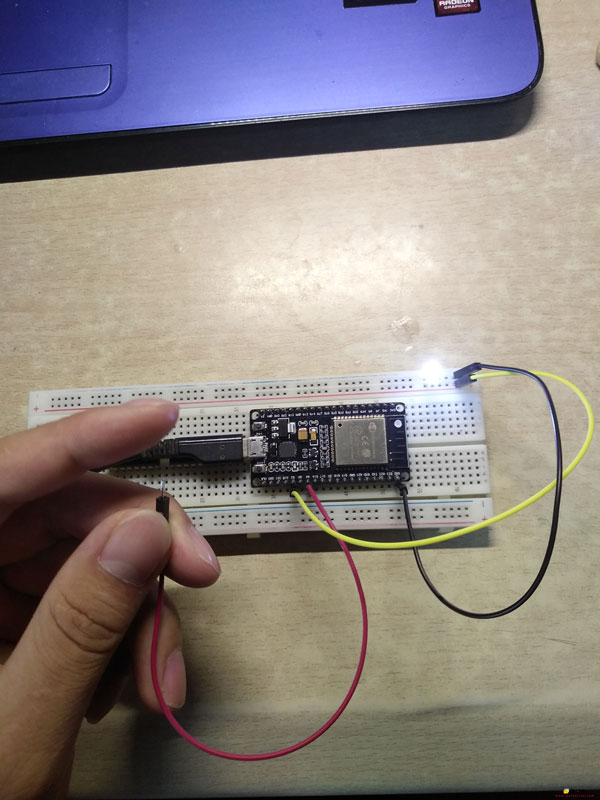Home

Bounce2 Library for Arduino Debouncing Made Easy
The Bounce2 library is a easy use tool for Arduino platforms, it will help us to solve the problem of erroneous states caused by the tiny vibrations of mechanical key switches when they are closed or opened.

ESP32Encoder Library for Rotation Encoder Reading
This blog post presents the ESP32Encoder library, detailing its features and capabilities for efficient rotation encoder reading. It explains how it simplifies encoder usage and boosts system performance, suitable for various applications.

Flash or Upload Configure File to ESP32
This blog explains how to flash or upload a configuration file to ESP32. It details the process using SPIFFS, including creating the file, writing ESP32 code to read it, and uploading it.

ESP32 with LVGL Setp2 Config TFT_eSPI with PlatformIO
On this article, we will show you how to install and set up the lvgl library in the ESP32 board.

Markdown format support testing
This post to show the support of Markdown format in the ESP32cube website.

ESP32 Touch Button
This article discusses creating a touch-sensitive button using the ESP32's internal capacitive touch sensors. It details the GPIO pins associated with the sensors and explains how to read touch inputs using Arduino syntax.



